Coffee is more than just a morning beverage. It is a window into the soul of cultures around the globe, a ritual that reflects the values, pace of life, and artistic sensibilities of nations. According to the International Coffee Organization, the world consumes approximately 400 billion cups of coffee annually, making it the second most consumed drink globally after water. Yet the way people experience and appreciate coffee varies dramatically from one country to another.
Vietnam: Patience and Bold Intensity
Vietnam stands as the world’s second-largest coffee producer, with projections showing 26.5 million bags produced in 2025. Yet what makes Vietnamese coffee remarkable is not just its production volume but the profound cultural significance it carries. The ritual of brewing and drinking coffee in Vietnam embodies a philosophy of slowing down in an increasingly fast-paced world.
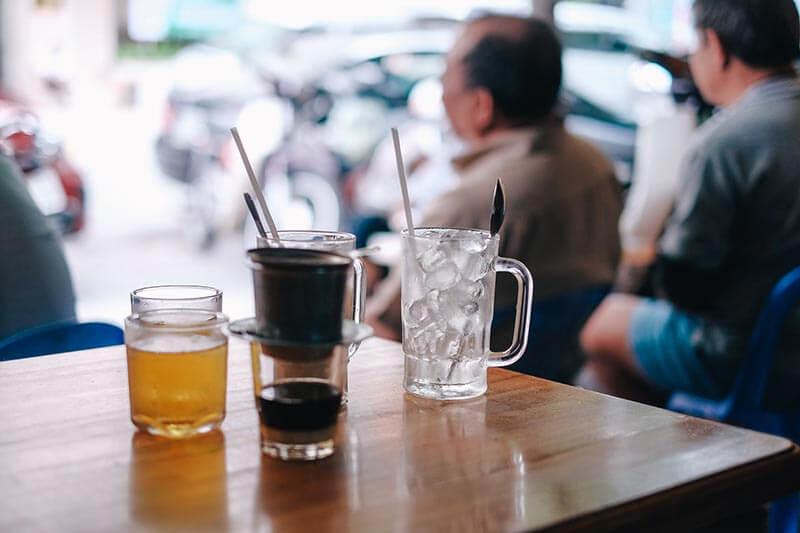
The Vietnamese phin, a simple metal filter, is the heart of this tradition. This device was introduced during the French colonial period in the 1850s, and Vietnameses adapted it into something distinctly their own. The phin’s unique design creates a slow extraction process that takes several minutes, transforming coffee brewing into a meditation. As hot water drips slowly through coarsely ground beans, creating that distinctive gurgling sound, there is an implicit understanding that rushing is not an option.
Vietnamese coffee predominantly features robusta beans, known for their bold flavor and high caffeine content. When mixed with sweetened condensed milk, introduced as a practical solution during colonial times when fresh milk was unavailable in the tropical climate, the result is a perfectly balanced combination of bitterness and sweetness. This iconic beverage, known as cà phê sữa đá (iced coffee), has become a symbol of Vietnamese hospitality and daily life. Whether enjoyed at a humble street vendor or an upscale café, the phin coffee experience remains unchanged: it is about presence, conversation, and savoring each moment.
Italy: Art in Every Sip
Italy’s coffee culture tells a different story, one of brevity and precision. Italians consume their coffee with an almost ritualistic attention to detail, yet they do so at remarkable speed. An espresso, the cornerstone of Italian coffee culture, is a concentrated 1 to 2 ounce shot of coffee extracted under high pressure. The entire experience typically lasts just a few minutes.
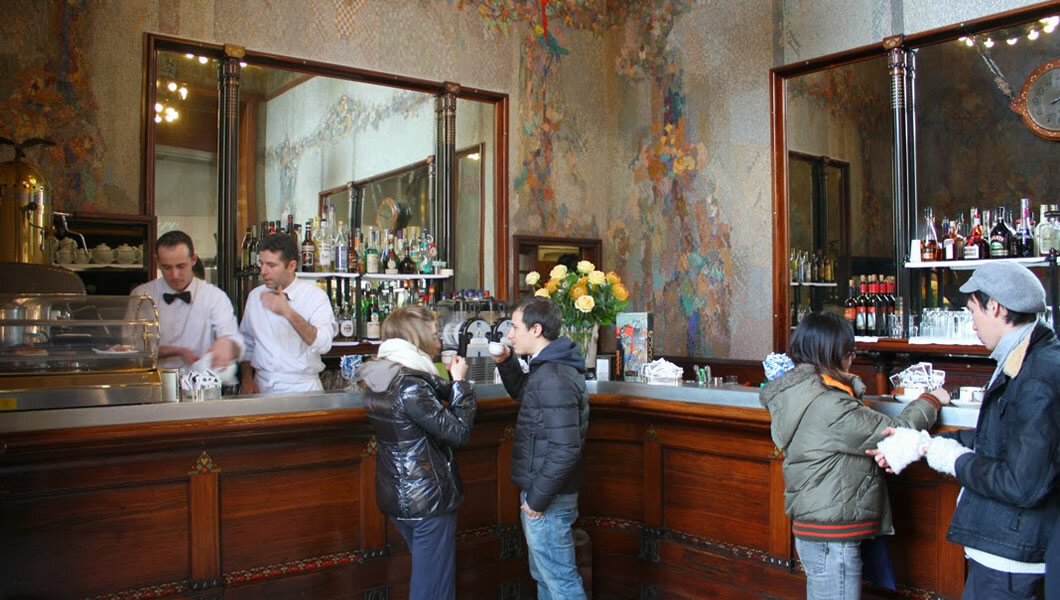
In Italian cities, it is common to see workers standing at café bars, placing their espresso cup on the counter, consuming it in a single or two swallows, and leaving. This quick moment carries enormous significance. Each espresso represents a commitment to excellence and tradition. The barista’s skill in pulling the perfect shot, the precise grind, the exact water temperature, the tamping pressure, these details matter deeply to Italians who view coffee preparation as a craft worthy of mastery.
Cappuccino and latte, while served at Italian cafés, are typically enjoyed only in the morning. Italian tradition holds that milk-based coffee drinks should not be consumed after 11 a.m., and certainly not after a meal. This rule reflects a deeper philosophy: respecting natural rhythms and maintaining balance. For Italians, coffee is not just about caffeine; it is about honor, tradition, and the pursuit of perfection in even the smallest moments.
Japan: Precision and Reverence
Japan approaches coffee with the same meticulous attention to detail it brings to all aspects of life. The country ranks third globally in total coffee consumption, with significant growth in the specialty coffee movement. Yet consumption patterns in Japan reveal something deeper than mere numbers.
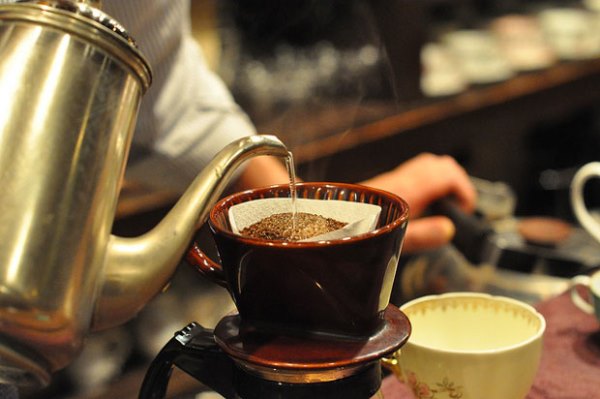
The kissaten, or traditional Japanese coffee shop, represents one approach to Japanese coffee culture. These establishments, often decorated with vintage aesthetics, serve customers in quiet, contemplative spaces where time seems to pause. In contrast, modern specialty coffee shops in Japan, particularly in Tokyo and Osaka, have become temples of precision brewing. Techniques like pour-over and syphon coffee, each requiring specific temperatures, timing, and careful technique, appeal to a generation that values transparency and understanding the process.
Japanese coffee culture reflects a principle called “shokunin spirit,” the pursuit of perfection through dedication to craft. A barista in a Japanese specialty café might take ten minutes to prepare a single cup of pour-over coffee, with each step deliberate and meaningful. The slow ritual, the careful measurement of beans, the precise water temperature, the mindful pouring, all of these aspects transform coffee consumption into a form of meditation. In Japan, rushing through coffee is considered disrespectful to both the drink and the person who prepared it.
United States: Efficiency and Customization
The United States consumes approximately 1.6 billion pounds of coffee annually, making it by far the world’s largest coffee consumer overall. The average American drinks about three cups per day. Yet this volume masks a culture centered on convenience and personalization rather than ritual or tradition.

American coffee culture emerged from a different necessity than other countries. In a fast-paced, work-driven society, coffee became fuel for productivity. The image of the American professional holding a large coffee cup while rushing to the office has become iconic. This practical approach led to innovations like the paper coffee cup, drive-through service, and now, mobile coffee delivery apps.
The rise of coffee chains, particularly Starbucks which operates over 6,000 stores in China alone as a sign of American coffee culture’s global influence, created a new model: coffee as a customizable consumer experience. With countless variations in size, temperature, sweetness level, and additional ingredients, American coffee empowers the individual to create their perfect drink. This democratization of coffee consumption represents a distinctly American value: choice and accessibility. For many Americans, coffee shops have become third places, spaces between home and work where people work, study, or socialize with affordable beverages as their admission price.
Turkey: History and Hospitality
Turkish coffee holds a special place in global coffee culture. In 2013, UNESCO recognized Turkish coffee preparation and its cultural context as an element of the Intangible Cultural Heritage of Humanity. This ancient tradition traces back to the 15th century when coffee first arrived in the Ottoman Empire.
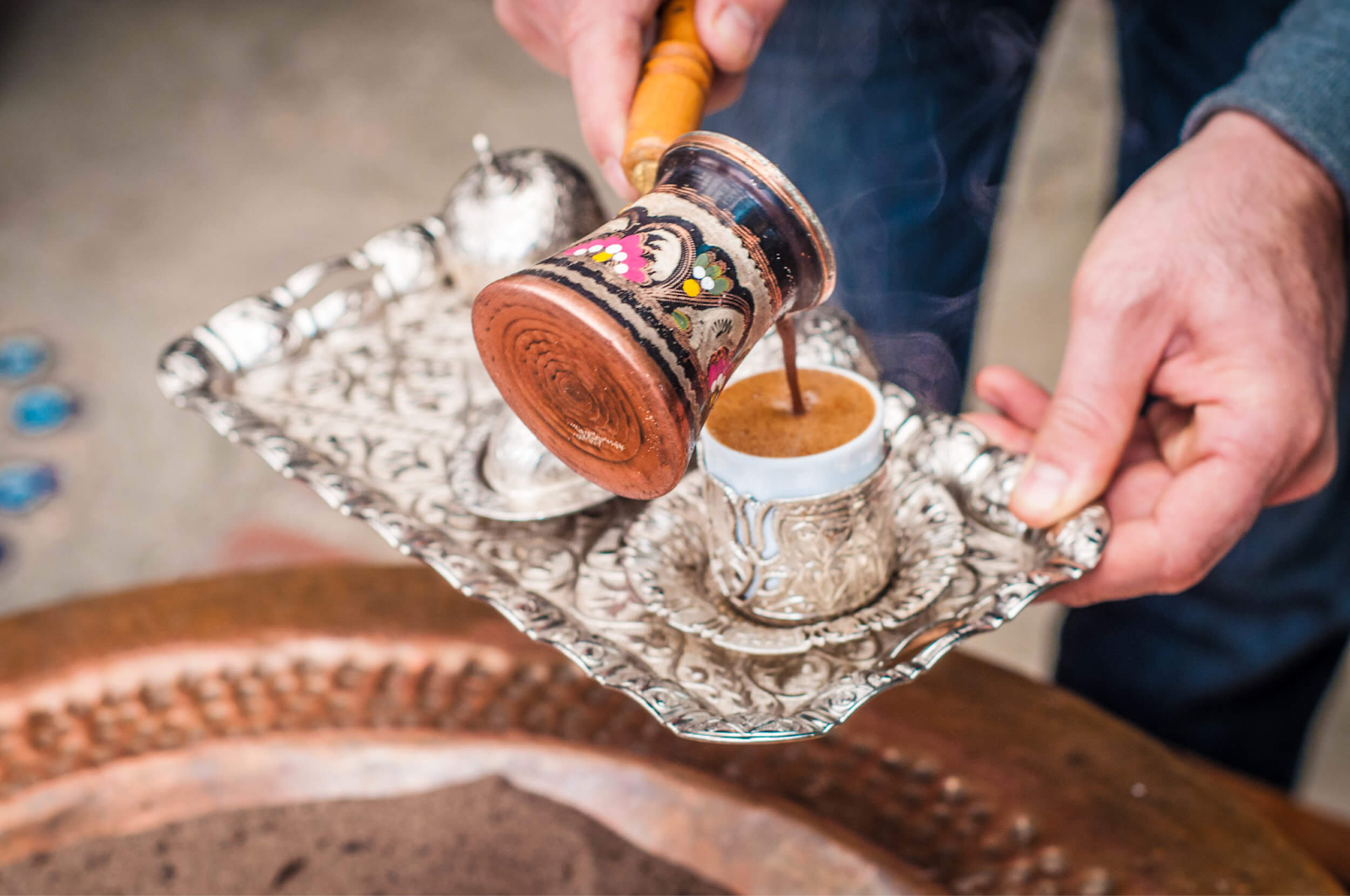
Turkish coffee is prepared in a small, long-handled pot called a cezve or ibrik, using finely ground coffee and cold water. The mixture is heated slowly, and the resulting coffee is thick, strong, and often served in tiny cups. What distinguishes Turkish coffee is not merely the brewing method but the entire social experience surrounding it. Coffee drinking in Turkey is an act of hospitality and community. The famous Turkish proverb states that a cup of coffee creates memories for forty years.
Turkish coffee houses have traditionally served as important social spaces where people gather to discuss politics, business, and philosophy. The ritual of coffee preparation and service is performed with intentionality and respect. For Turkish culture, coffee represents connection, tradition, and the preservation of centuries-old customs in a modern world.
Germany: Scientific Precision
Germany’s coffee culture reflects the national character: methodical, quality-focused, and technically sophisticated. Germans are among the world’s most discerning coffee consumers, with a strong preference for understanding the origins, roasting methods, and brewing techniques of their coffee.

The German specialty coffee scene has flourished in recent years, with serious coffee enthusiasts pursuing single-origin beans, precise brewing temperatures, and grind consistency. This represents an intellectual approach to coffee. Germans want to know where their beans were grown, which altitude, which harvest season, and how the roasting was conducted. The rise of quality-focused coffee shops in cities like Berlin and Hamburg demonstrates a population that views coffee as deserving serious attention and investment.
German coffee culture also reflects appreciation for both tradition and innovation. While coffee shops honor classic European coffee-making methods, Germans simultaneously embrace modern coffee technology and experimentation. This balance between respect for heritage and embrace of progress characterizes the German approach to coffee in the contemporary world.
Emerging Trends: Cultural Exchange and Evolution
The coffee world is experiencing unprecedented cultural exchange. Remarkable growth is being observed in the Philippines (3.22% year-over-year), Vietnam (3.42% year-over-year), and Thailand (3.11% year-over-year), driven largely by younger consumers exploring global coffee traditions while developing local preferences.
Simultaneously, Western markets are discovering non-Western coffee traditions. Vietnamese phin coffee has gained popularity in New York and London. Australian flat white culture has influenced coffee preferences globally. Japanese pour-over techniques have found enthusiasts worldwide. This cross-pollination suggests that coffee, rather than becoming homogenized under global corporate forces, is instead becoming more diverse and sophisticated.
While China has historically been a tea-drinking nation, it is experiencing an unprecedented coffee boom, particularly in urban areas, with the younger generation increasingly viewing coffee as a lifestyle choice. This pattern repeats across emerging markets where exposure to global coffee culture creates new demand for quality and variety.
What This Means for Coffee Lovers
Each coffee culture offers something distinct and valuable. Vietnamese coffee teaches us about patience and presence. Italian coffee shows us that excellence exists in details and traditions. Japanese coffee demonstrates how ritual elevates everyday experience. American coffee teaches us that accessibility and choice can democratize enjoyment. Turkish coffee reminds us that beverages are social bonds. German coffee illustrates the value of knowledge and precision.
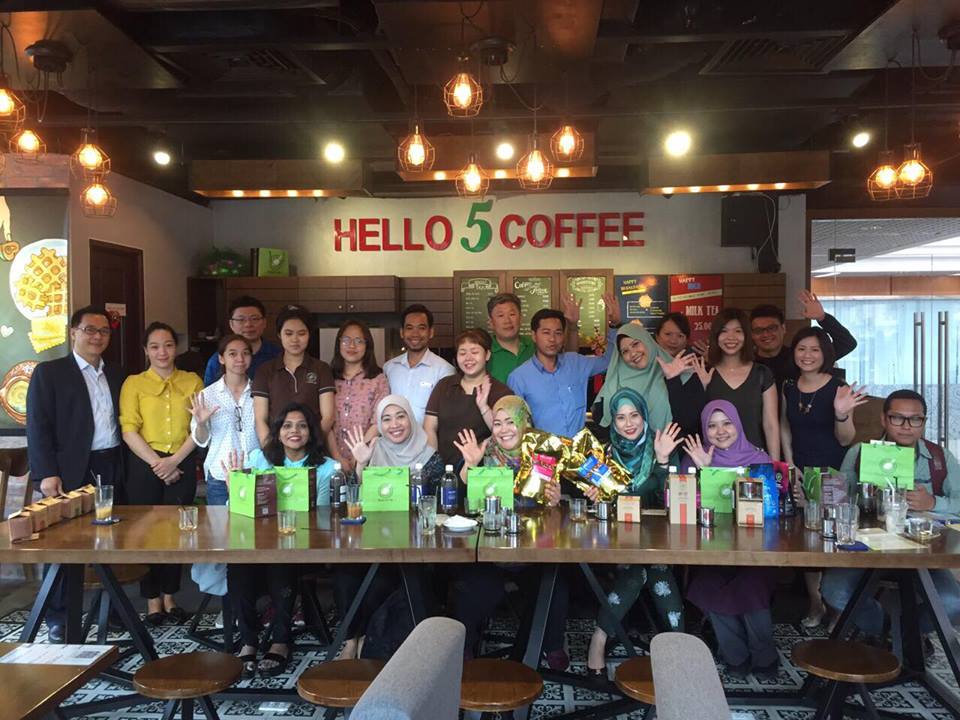
At Hello 5 Coffee, we celebrate this global diversity. We understand that coffee is not a single experience but a spectrum of possibilities. Your preference for how you take your coffee, whether hurried or contemplative, strong or smooth, traditional or experimental, is valid and worthy of respect. We are committed to sourcing exceptional beans from coffee-producing regions worldwide and preparing them with the care and attention that each tradition deserves.
When you visit Hello 5 Coffee, you are not simply purchasing a beverage. You are choosing to participate in a global conversation about craftsmanship, culture, and the small rituals that bring meaning to our days. We invite you to explore different coffee traditions, to discover your personal preferences, and to appreciate the remarkable diversity of human experience reflected in how cultures around the world embrace coffee.
Because ultimately, coffee is the universal language that unites us across borders, allowing us to slow down, connect with others, and find a moment of calm in our busy lives.
